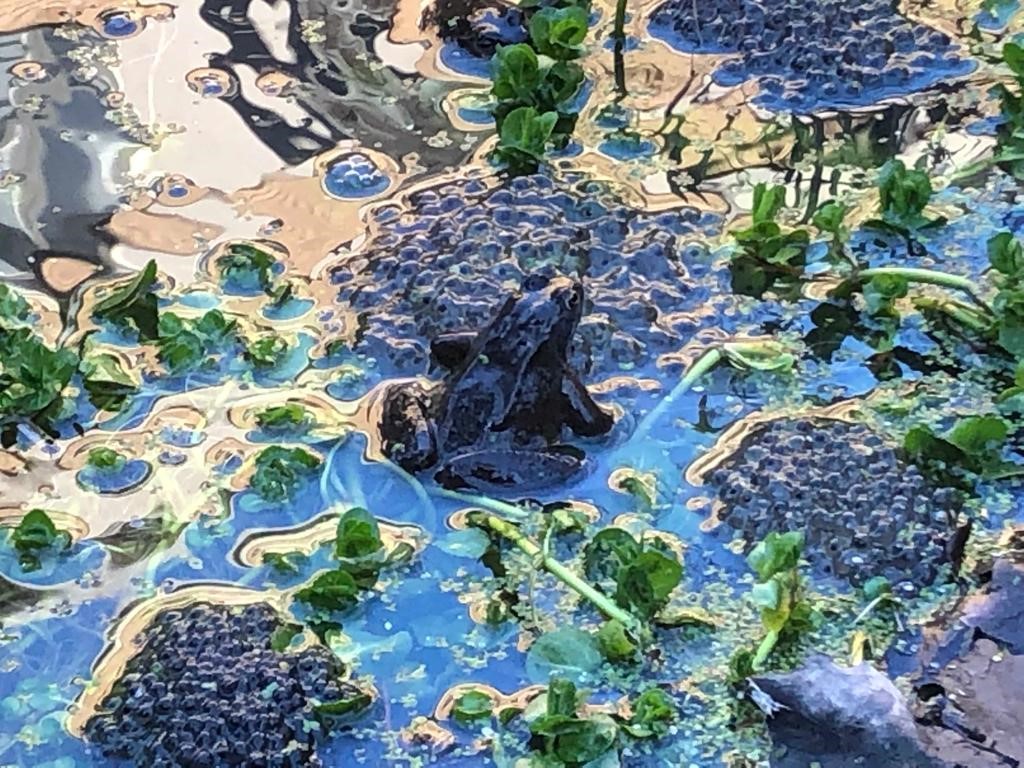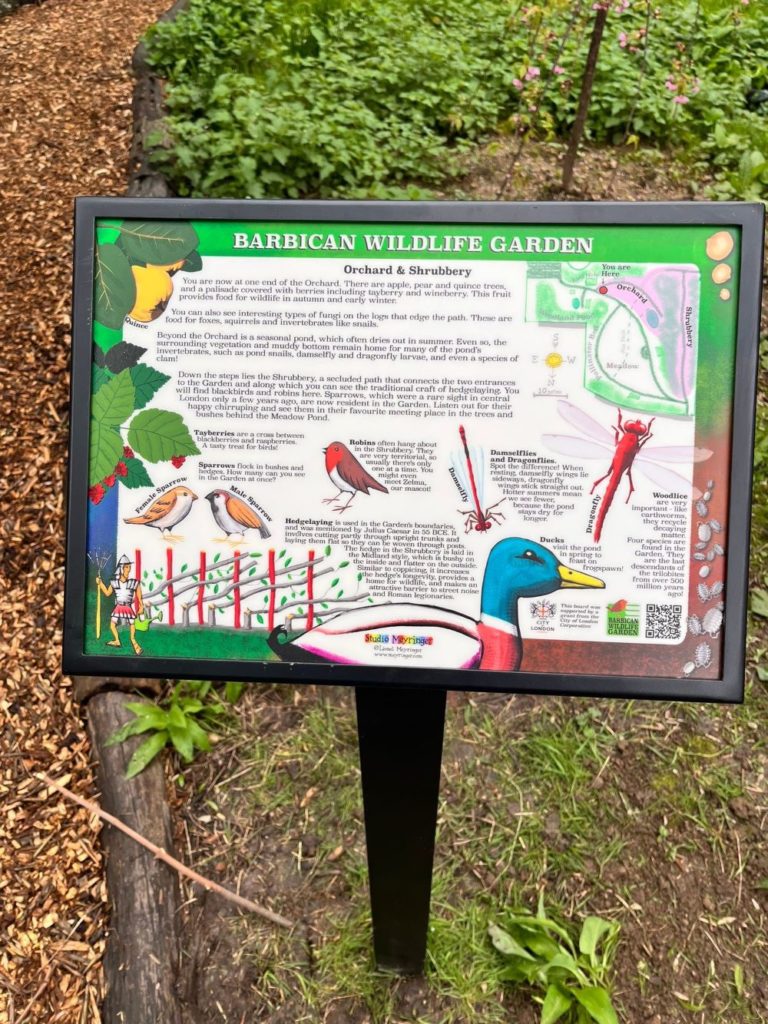“What they’re doing isn’t gardening. What they’re doing is custodianship. They are doing the really simple things, which is working out what lives here and what might live here and what you can do to help. And that’s a really simple principle which is at the heart of the App I’ve made as well. So thank you very much for letting me do this here.“
Melissa Harrison, 16 April 2025. Speaking at the Barbican Wildlife Garden for the launch of the Encounter Nature App.
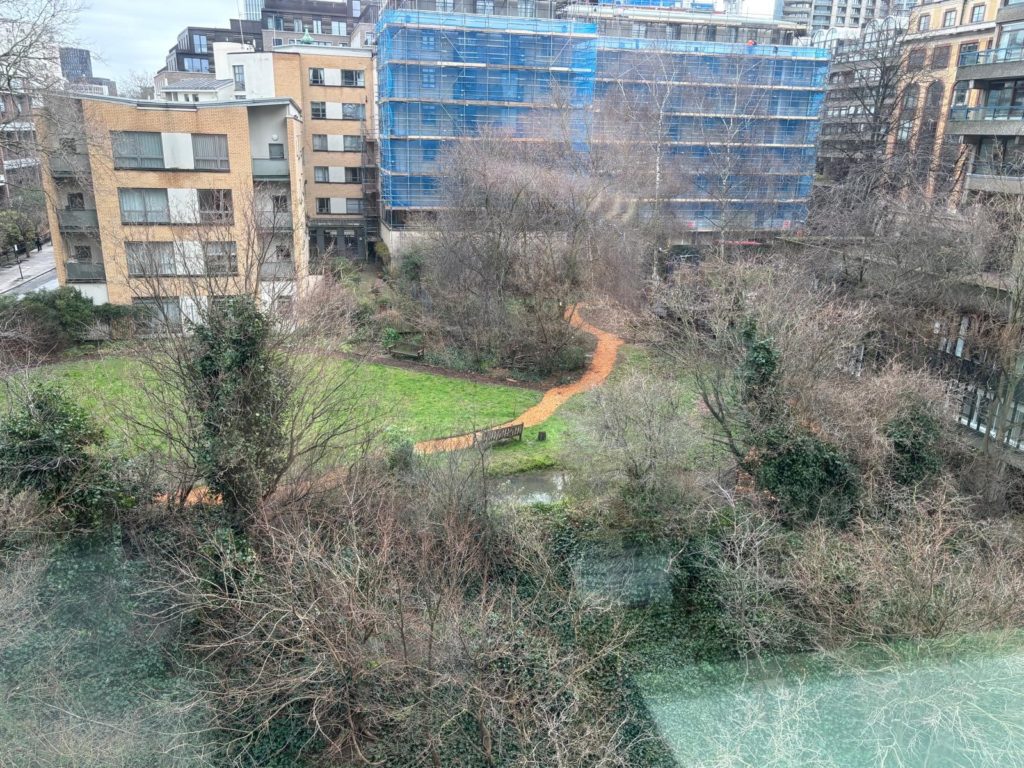
The Barbican Wildlife Garden is one of three residents’ gardens on the Barbican Estate in the City of London. It lies within the Barbican and Golden Lane Conservation Area and is classified as a Grade II, soon to be a Grade I, Site of Borough Importance for Nature Conservation.
The Garden comprises 0.17 hectares and includes a meadow, two ponds, a pollinator bed, woodland areas, an orchard, two native hedges and a bird hide. The latest improvement has been the laying of the second native hedge, with the work carried out by The Conservation Volunteers, Lambeth using the traditional ‘Midland’ method. TCV Lambeth is our “go to” for all major work in the Garden.
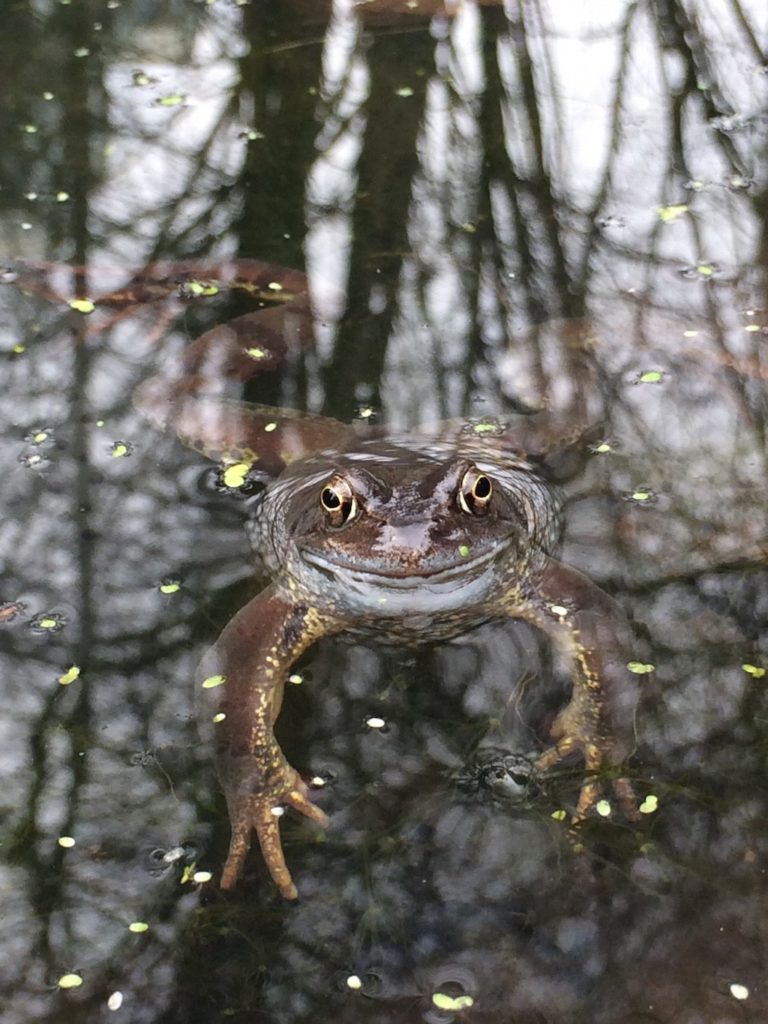
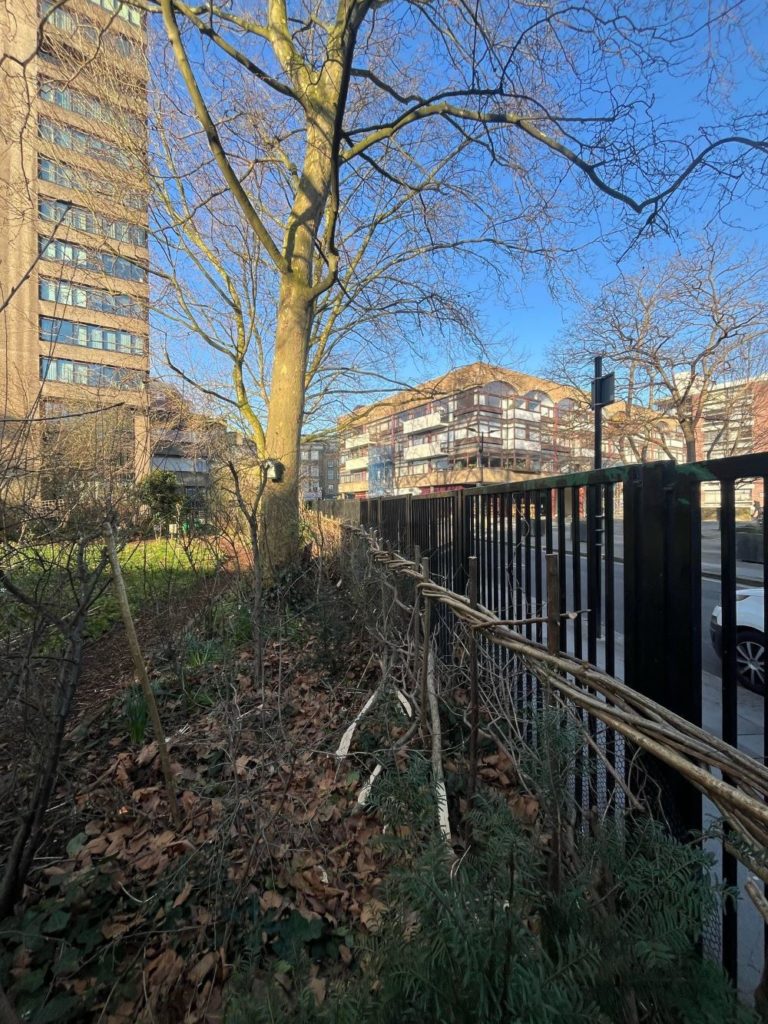
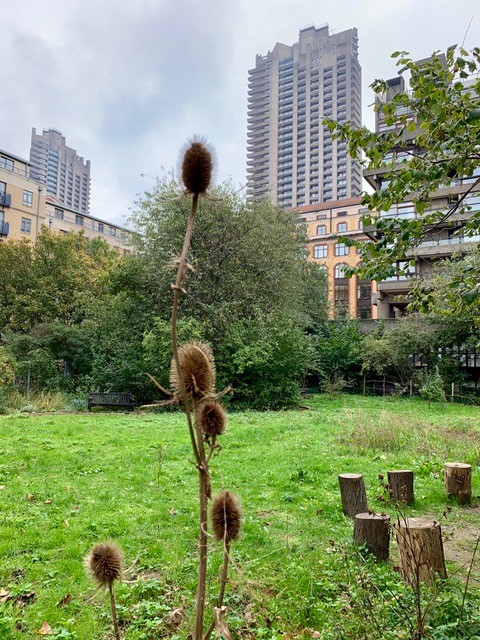
Since 2003, the Garden has been tended by a group of local community volunteers, the Barbican Wildlife Group, under the supervision of City of London Gardeners. The Group is dedicated to the encouragement of wildlife and biodiversity in the City of London, one of the most urban areas in the country. To achieve this, planting in the Garden focusses towards habitat creation.
Annually, since 2018 the Garden has been adjudged “Outstanding” in the Its Your Neighbourhood Category of RHS’s London In Bloom. In 2021, the Garden received the RHS National Certificate of Distinction.
To date, over 300 species have been recorded in the Garden and research and data collection is ongoing. Species identified include the Lesser Stag Beetle and House Sparrow, both of which are target species in the City’s Biodiversity Action Plan. All our sightings are reported to GiGL and also to the Garden Wildlife Watch Scheme sponsored by the BTO. Since 2023, the Garden has been one of the Pollinating London Together’s Case Study Sites.
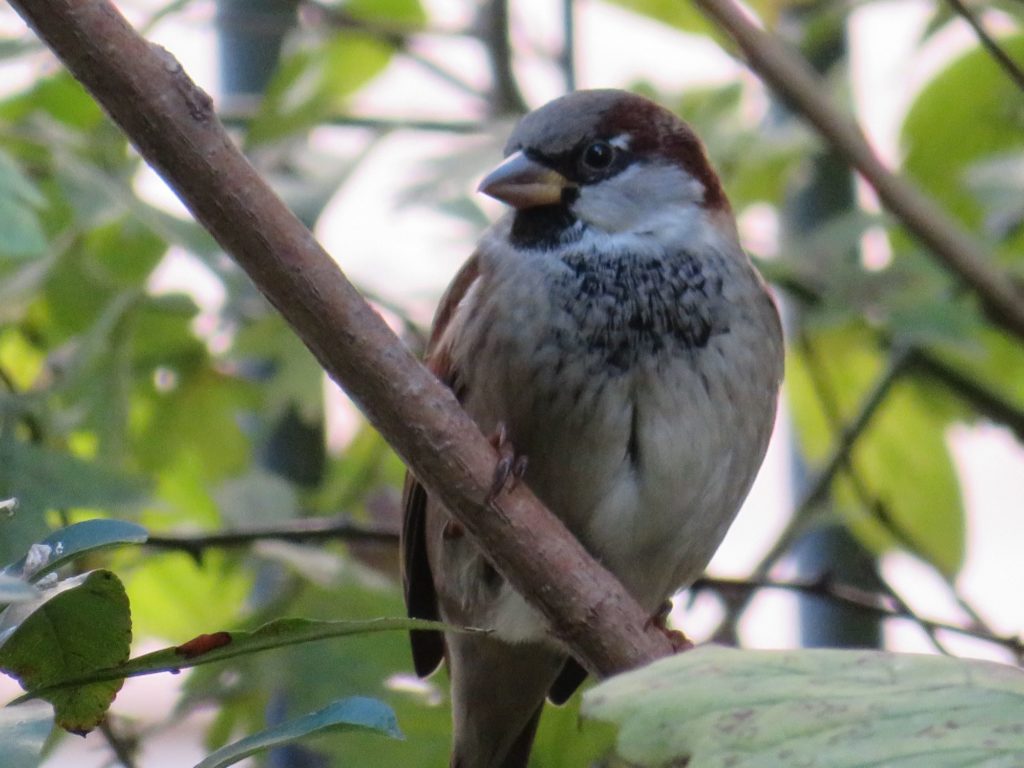
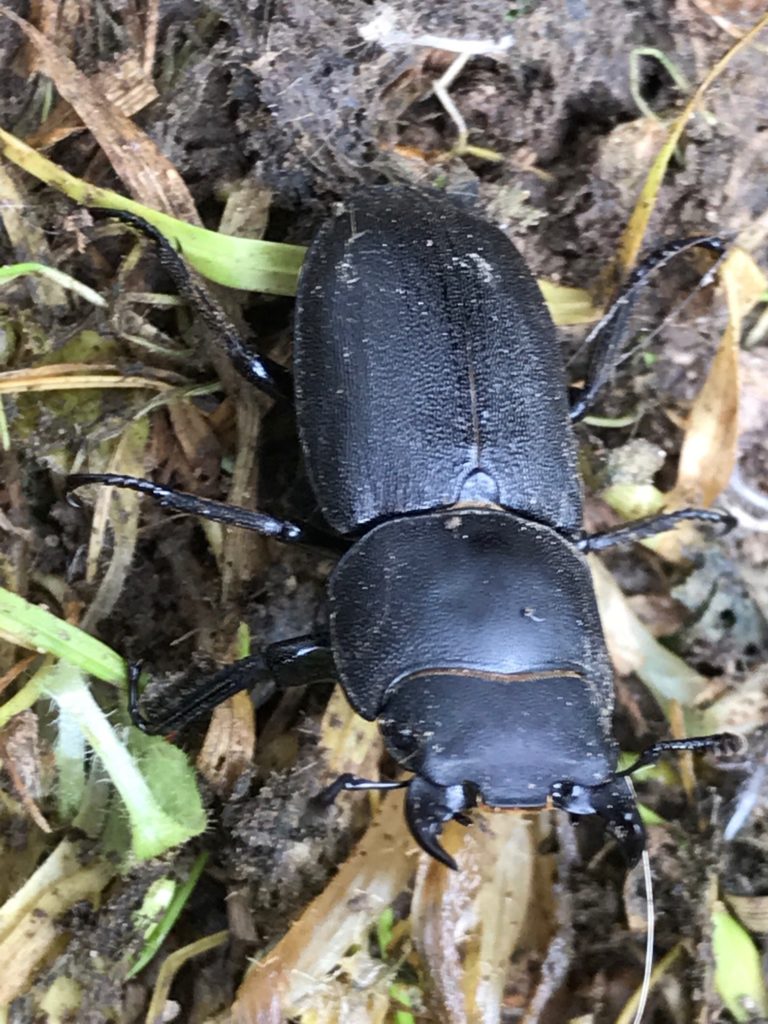
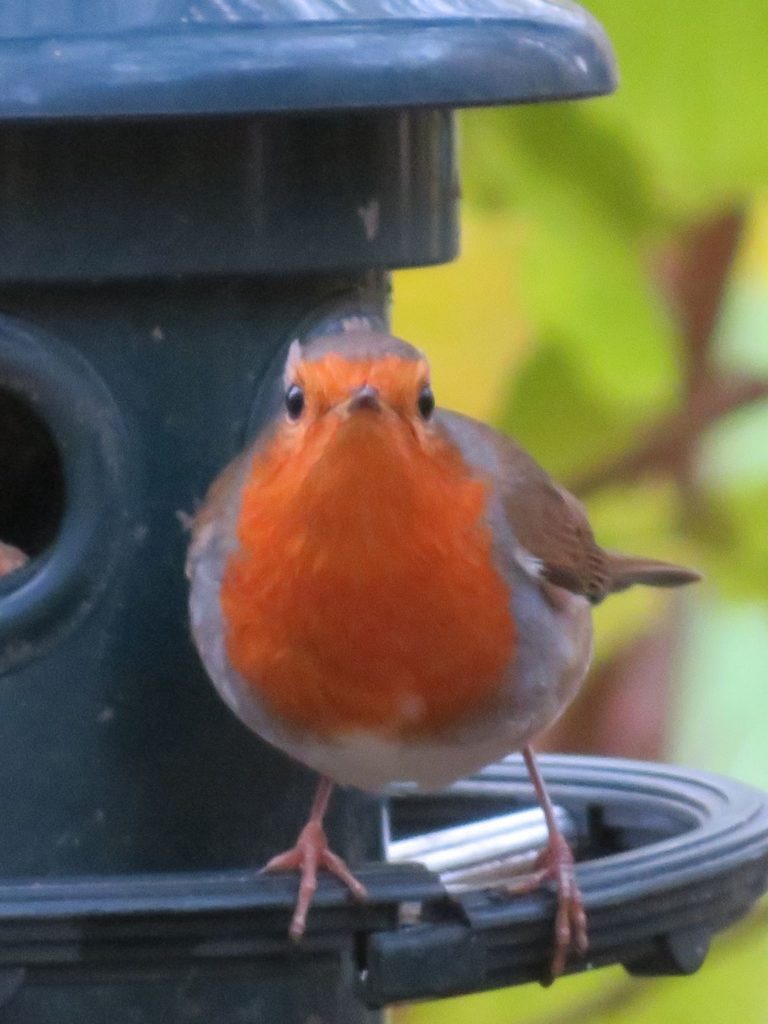
Habitat creation
We replanted the pollinator bed with funding from the Culture Mile Business Improvement District in 2024. The recently published Pollinating for London Together Report of Pollinator and Habitat Surveys, 2024 reveals that there was an increase in the diversity of flower-visiting insects and a 37% increase in species richness compared with the previous year. There was also an increase in the diversity of bumblebees, solitary bees and hoverflies, with solitary bees showing the greatest increase.
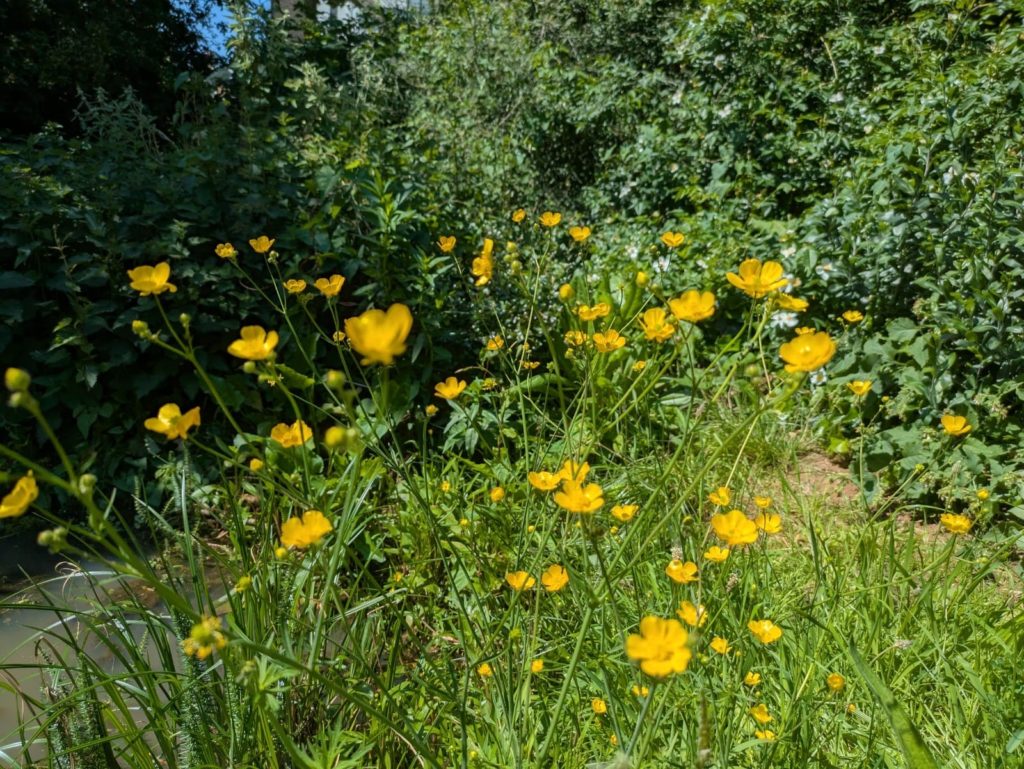
The pollinator bed came about because we wanted to increase the number of pollinators visiting the Garden. We were encouraged in this, not only by the establishment of Pollinating London Together and the appointment of an Ecologist, Dr Konstantinos Tsiolis but also by Ben Bishop from City Corporation’s Climate Resilience Team.
Additionally, all green waste is managed within the Garden and compost is produced on site, creating further micro habitats for a variety of small but essential creatures.
Building a community
Currently, the active volunteers number around 15 – mainly Barbican residents but also other City residents and three Landscape Architecture students from the Bartlett School of Architecture. Regular gardening sessions are held every Wednesday between 10am and 12noon regardless of weather conditions. In addition, volunteers visit the Garden to record sightings and ensure the bird feeders are kept full. Nic, “our” City Gardener also keeps a regular eye on the Garden as well as supervising the weekly sessions. Our ambassador is the much respected, yet still a teenager, Kabir Kabul, a birder and a lot more. His brother, Ayran, is the Garden’s official poet.
At the end of each session – and the highlight – we gather for coffee and home-baking goodies, along with a general chat about what we have seen and done. We keep a weekly checklist which, in addition to recording sightings, lists the work done as well as the work to be done, along with a calendar of events. London Open Gardens and London in Bloom are the main annual events, but we also hold several workshops with invited speakers including one from GiGL’s Victoria and Sarah last year.
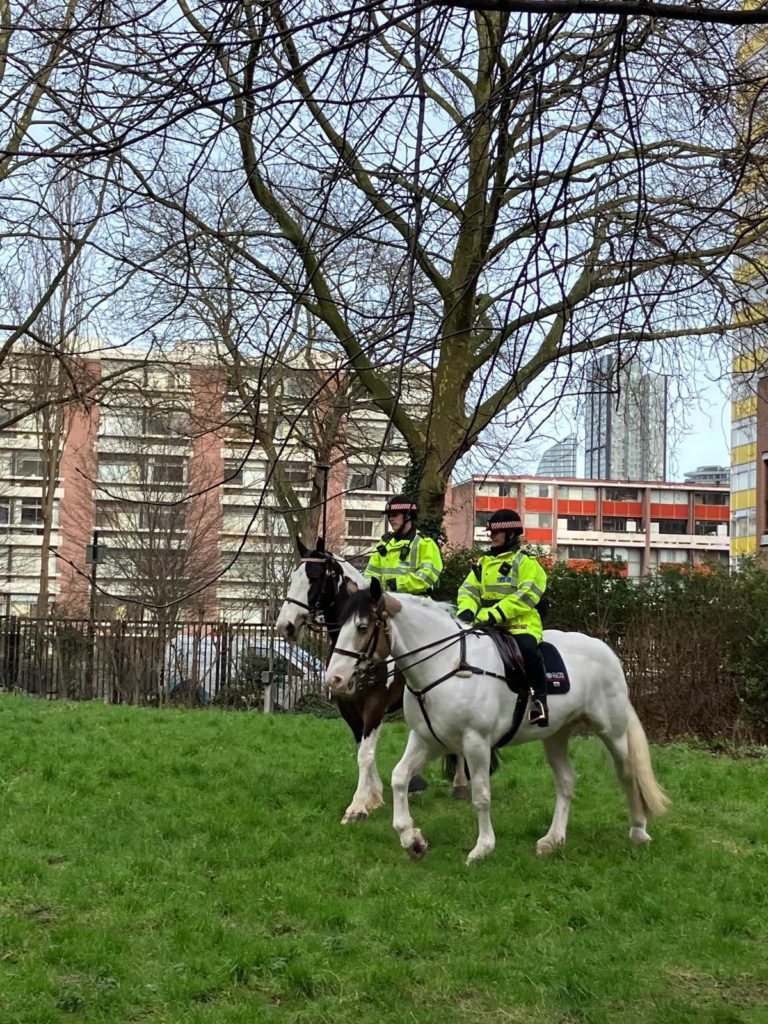
What has recently become regular annual features are the visits of two City of London police horses. The horses visit after the meadow has been scythed and the arisings removed to the compost bins. The first visit is to break up the surface of the meadow prior to seeding with a second visit takes place to tread in the previously spread wildflower seeds.
The importance of recording and reporting
The Group began species sighting, recording and reporting to GiGL when Allison Parkes was an active volunteer. With her encouragement we have been able to do so every week for nine years. As a Group we have benefitted from doing so as it has helped to widen our knowledge of multiple species, including not only invertebrates but also pond life fungi and plants. We hope others can also benefit and be informed by our efforts through GiGL’s work.
We are very lucky to have the support of not only Konstantinos, Ben and Nic but also the rest of the City of London Garden Team, managed by Jake Tibbetts. In addition, we have a wide range of experience, as well as age range, within the Group including a biologist, a biology teacher, the Bartlett students, a horticulturist, a graphic designer (also responsible for the Garden’s new information boards), lifelong gardeners, writers, nature lovers and a landscape architect who worked in China for 12 years amongst other vital members. The Garden is also becoming a test bed for various technologies and was recently the site of the launch of Melissa Harrison’s Encounter Nature App – hence the quote from her presentation above.
Being located in the City of London means we are in an area of constant development and whilst the Garden is not currently under threat, we are always mindful of the risk. The frequency of planning applications has led to an increase of Ecological Impact Assessments (EcIAs). Reading these, whether prepared on behalf of City of London Corporation or independent developers, has revealed a concerning reliance on less robust, open-source data, rather than the comprehensive data held by GiGL, which requires a paid data search report.
Another City Corporation Target Species is the Peregrine Falcon. As we only record sightings of birds seen in the Garden, I haven’t reported seeing these birds, although their “kills” regularly appear in the Garden. However, they are sighted regularly around the Barbican Estate, as a pair have been living in the area for several years, fledging chicks in 2020. They provided great entertainment in their aerial battles with gulls. However, in a recent EcIA, the last sighting of a peregrine was cited as in 2022 within two kilometres of the Garden.
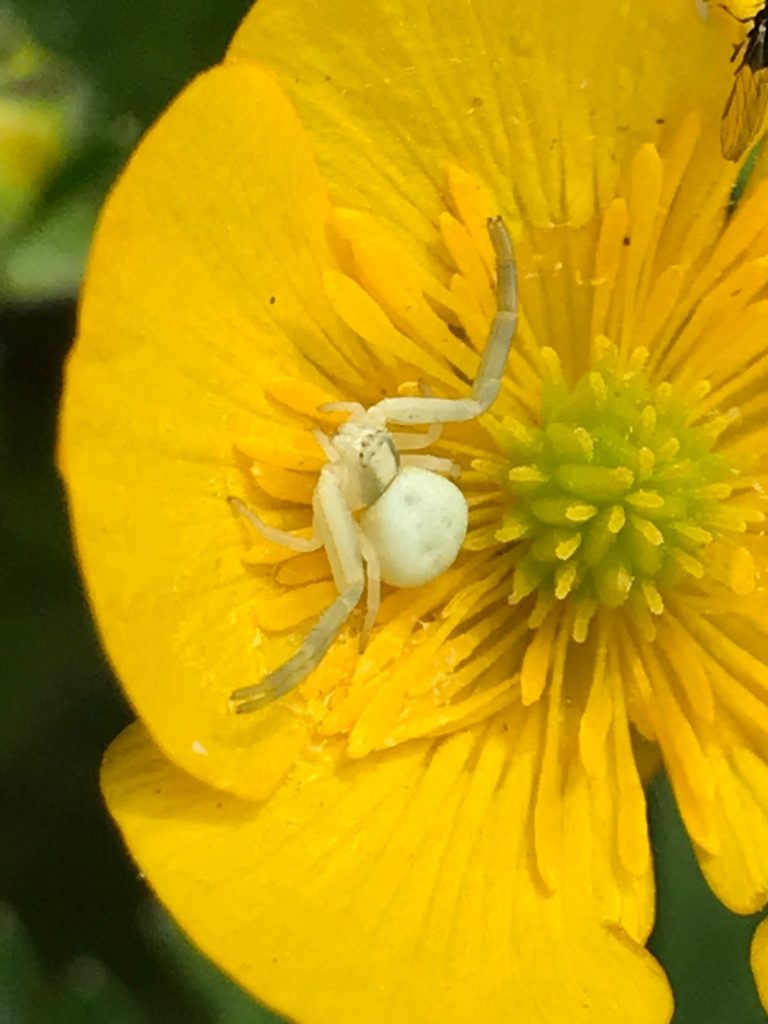
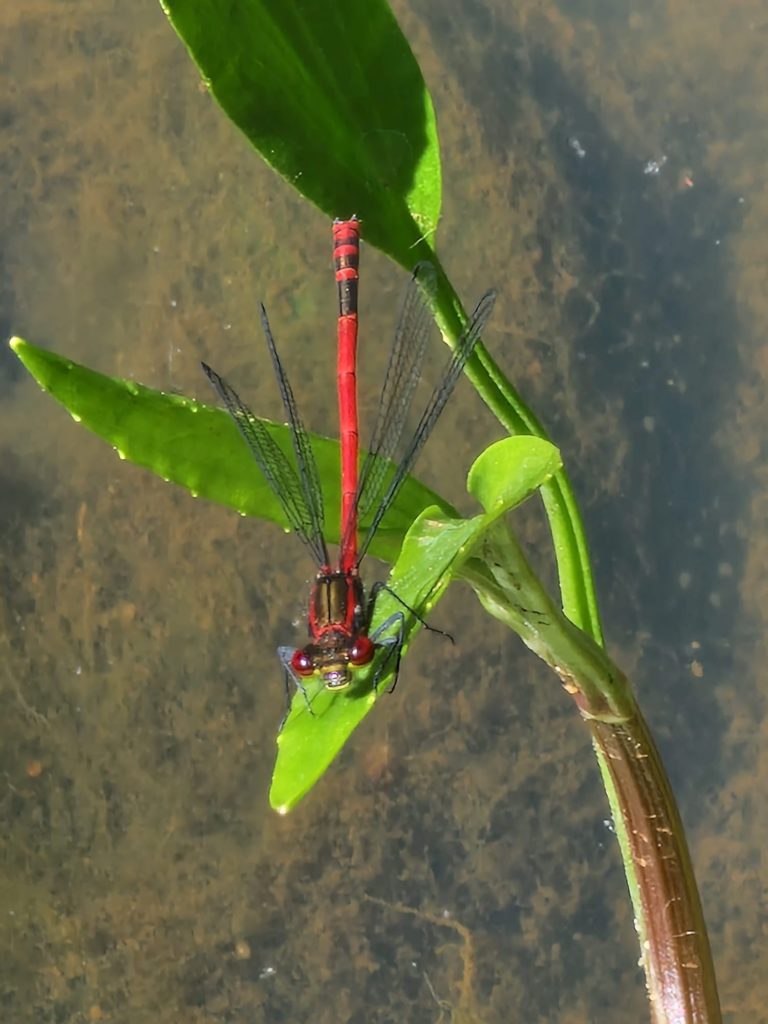
The Group’s volunteers commit over 1,000 hours a year to the Wednesday sessions and other activities such as London Open Gardens and general administration. Through City Corporation, we are entitled to claim Tempo Time Credits – which can be redeemed for Barbican Cinemas, Thames boat trips and other activities – in return for volunteering.
If you would like to find out more, please visit our website (barbicanwildlifegarden.org), BlueSky (barbicanwildlife.bsky.social) and Instagram and Facebook (barbicanwildlifegarden).
